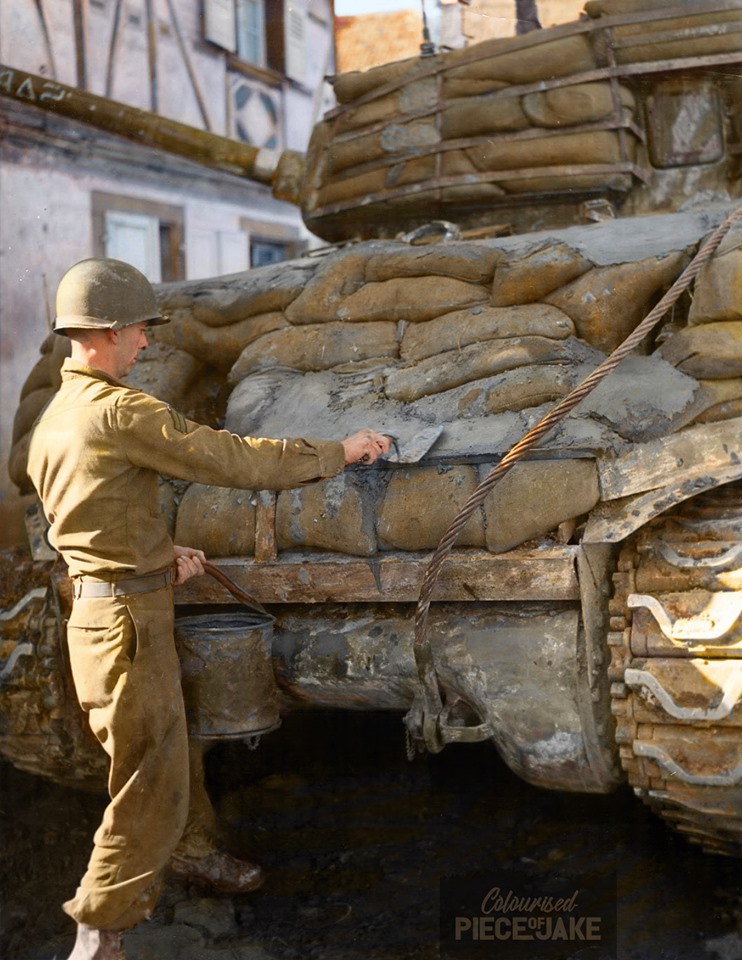Additional armor of an M4A2 Sherman tank
- Welcome to the PBS GAMETEAM's website, WE ARE RECRUITING. JOIN US and get a FREE VIP slot on our servers! -
- Our Thanks to Adaari, balz, hal, Bron,Yordy,Jonathan,Jozsef,BradJerney, wenz,Martin,Barry,chris, Ruben, Itsvan, Marko, Lan, Valter, Erik, joe, Matthew, Alois, Graig, Jason, caveman,Edwards, Jaimie, Ondre, Toby,Google, Phill, Gchrome,cramer,Rick,Jermey, lucas, kold, Roberto, Farq,Xiaton, Karlo, Rainman, Erik, Andrea and a very special thanks to our great premium members: Pon, Smekkes, Muttonchop,Krabbepote, Stoommeester, arjan, Xillax, Kapsta, Alexander,Duck, HausserBG, Bravecoward, Reint,Bas,Batuhan, Gunnar,Nuttycake,CJ Mini,tworooms,Jeffrey, Swag, Waverider, Sheepfarmer and Oberfield!for supporting the PBS GAMETEAM! -
- Do you like our servers or site? Support us on this page -
- Do you have a question? contact us -
- Join our Discord! -
- Check our latest news about our PBS games on this link -
- Would you like to donate for our servers? Please check this link -
- We are the best HLL, ARMA, BB, RS2, MW3 community out there! Sign up today! -
- Like us on Facebook! -
- Like us on Twitter! -
- We have many new wars! Check and signup here pls -
- Join our latest community event #here! -
- This topic has 0 replies, 1 voice, and was last updated 5 years, 11 months ago by
 Powerbits.
Powerbits.
-
AuthorPosts
-
-
08/07/2019 at 09:33 #31156
A US Army Corporal of the 14th Armored Division, Arthur P. Garrett of Terre Haute, IN, completes the additional armor of an M4A2 Sherman tank, applying cement to sandbags.
The tank belongs to the 25th Tank Battalion, according to marking on Gun Barrell.
Based on unit histories and building in the background, this photo was probably taken around January/February 1945.
It is said that the use of sandbags on tanks as field modifications intended to increase crew survivability in medium (Sherman) and light (Stuart) tanks primarily served to improve crew morale as the layering of sandbags on the outer hull of their vehicles made them feel safer.
However, sandbags proved to be an effective means of preventing the penetration of the tank”s armor by the shaped charges (high explosive, anti-tank) fired from hand-held German panzerfausts and panzerschrecks. (Both were similar in nature to the widely known bazooka used by US forces.) The added protection afforded by sandbags allowed medium tank crews to continue their missions even after being hit by multiple rounds from German panzerfausts and panzerschrecks. Sandbags were especially helpful because tanks of the 14th Armored Division experienced unusually high levels of combat in urban environments during which attacks by hand-held anti-tank weapons were very common.
Sandbags were much less effective in protecting against armor penetrations by solid anti-tank rounds (shot) fired from high-velocity guns such as the notorious 88mm. However, there are a few recorded instances in which a sandbagged medium tank absorbed one or more hits from shot fired by high-velocity anti-tank guns without hull penetration. In subfreezing weather, the moisture in the sandbags froze making them as hard as concrete. Frozen sandbags defeated shots fired from high velocity anti-tank rounds on numerous occasions.
General Patton’s charge towards the end of the war that the added weight of sandbags caused the bogie wheels and suspensions of tanks to wear out quickly is not borne out by the contents of the division G-4 Journal. In fact, there is no mention of excessive wear or damage to these components, and the division did not require abnormal amounts of replacements for these components.
The only exception is seen among certain units which were equipped with already worn-out M5 light tanks which were issued to the division on its arrival at Marseilles in lieu of new light tanks. These old tanks, as well as some equally worn-out half-tracks were obtained from the junk yard of an Ordnance Supply Depot, and were discovered to have first been in combat during the North African campaign. By April, 1945 the bogies on these North African light tanks were completely worn out, and required replacement in the field, but given the extraordinary number of miles they had traveled the bogies lasted considerably longer than expected – even carrying the added weight of sandbags.
Photo: US Signal Corps
-
-
AuthorPosts
- You must be logged in to reply to this topic.


